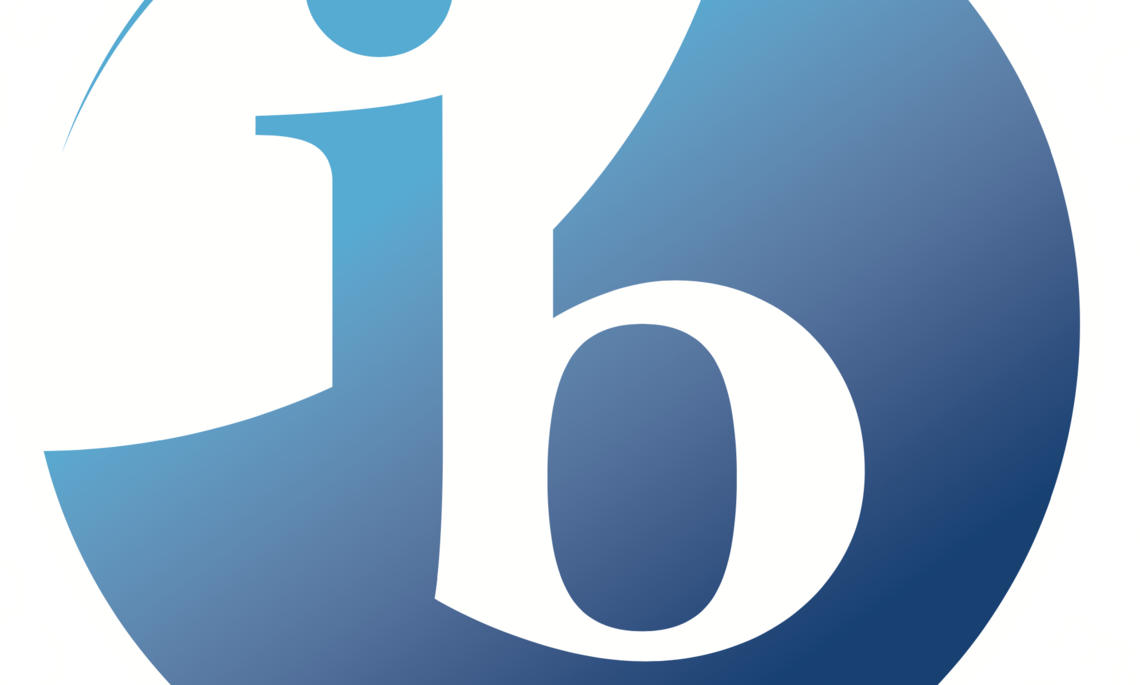We started the 6th ToK day (on history) in the Sozialarchiv at Stadelhofen, were we spent the whole morning. We dove right into the deep end, starting the morning with the core question of the entire ToK day: ‘What do historians do?’, which quickly morphed into an introduction to history.
The conclusion was that it is very difficult to pinpoint what historians do, as it is very difficult to describe what history actually does. Furthermore, not even historians all believe history should do the same thing. Some crucial questions faced are:
- Does history judge?
- Should it merely chronicle the past?
- Does history produce knowledge or merely reconstruct the past?
Sources are the foundation of all historical knowledge. They are created by humans and can thus be deceptive. To highlight this, we looked at two historical sources. One was a painting of Napoleon crossing the alps, painted in 1801 by Jacques-Luis David. The second source we we looked at were two photos of Lenin separating the second anniversary of the Russian revolution. Trotsky, Kamenev and others were removed on Stalin’s orders.
Methodology is important for historians to determine the accuracy and veracity of a source. Sources have to be selected, analysed for their values and limitations and interpreted. Only then is a thesis formulated based on the research one has now conducted. Finally, a peer review is conducted to assess the veracity of claims made in research.
We received an introduction to the Sozialarchiv by an employee thereof, then we worked with archives ourselves. The employees of the library picked out 4 topics for us (the world wildlife fund, religious sects, the Jugendbewegungen in the 1980’s and Zurich drug policy.)
They gave us 14 boxes of documents on the topics above, which we combed through. Afterwards we discussed how we found the experience and what interesting things we discovered in the archives.
We started the afternoon with a few book presentations.
We proceeded to a case study on Zurich. The exercise was planning a tour for friends from out of town who are interested in history, starting at the main station. The tours the groups plans differed in the distance they intended to cover, with some groups planning on visiting only a few churches, whilst others intended to give their visitors the full experience from ancient history at the Lindenhof to modern history at the Platzspitz. What was illuminating, was that no one took the hypothetical guests to Zürich Nord where the industrialisation of the city happened. This showed our bias towards the older medieval old town.
The point of the exercise:
- Showing someone a city = making a selection
- Making a selection = choosing a narrative —> shows a lot about one's biases
As said above, the exercise showed the biases and limitations of trying to portray all of a city’s history in a condensed form, such as one afternoon. That one afternoon of the exercise is the same as a book or an essay, incomplete.
However, one must also bear in mind that historical facts do exist. The causes and effects of those facts are analysed and that is where the biases, perspectives and limitations come into play.
Towards the end we discussed how such biases can be limited.
